Quantum Computing and Edge Computing
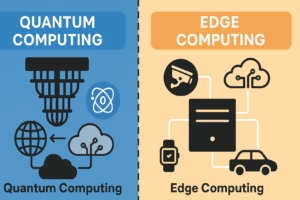
Since technology is advancing so fast today, new computing paradigms are being introduced to solve the problems of classical computing. One of these innovations is quantum computing and edge computing is another. Both are forms of AI focused on changing how we process, store and analyze information. It takes a detailed look at these two technologies.
Quantum Computing: Taking advantage of the rules of physics to complete tasks
what is Quantum Computing?
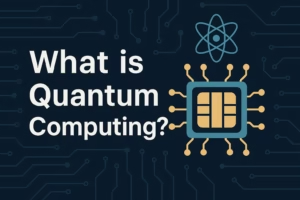
[ez-toc][ez-toc]With quantum computing, computers use the rules of quantum mechanics to perform certain tasks. While bits in classical computing can only have the states 0 or 1, qubits in quantum computing can be in several states at once, thanks to superposition.
As a result of this feature, quantum computers outperform supercomputers in certain types of calculations.
Key Ideas Behind Quantum Computing
- Quantum information is formed by using individual units known as qubits. A qubit may exist in a state of 0, 1 or in a superposition of both. As a result, a quantum computer can assess a huge number of scenarios all at one time.
- Superposition: Using superposition, qubits are able to have values from both 0 and 1 at the same time. Pretend to flip a coin many times and keep guessing until the coin becomes heads or tails.
- Entanglement: It is the process in which two or more qubits interact, so that they influence each other instantly, regardless of how far they are apart. It now makes it possible to handle tougher calculations and pass on more information.
- Quantum Interference: The property that enables amplifying right answers and nullifying wrong ones.
- Quantum Gates: They do on qubits what classical logic gates do, but with extra complexity and versatility.
Applications of Quantum Computing
Although quantum computing is only beginning, experts and organizations are spending time investigating several realistic applications for it.
- Cryptography: Using a quantum computer, someone could solve problems that are at the heart of modern encryption. As a result, we see the rise of quantum-resistant cryptography.
- To simulate molecules and their reactions, we need very advanced computers. Quantum computing allows for faster and easier modeling of complex molecules in drug discovery.
- Fencing Tips: Classical computers often struggle with optimization challenges in logistics, finance and manufacturing, but QAOA can solve these problems much faster.
- Machine Learning: Quantum machine learning is a way to accelerate and enhance how training algorithms are used.
- Quantum Software can make it easier to simulate numerous particles involved in climate modeling.
Challenges in Quantum Computing
But quantum computing is encountering major challenges on its path to success:
- Being Sensitive to Noise: The environment easily messes with the quantum state of qubits, so these must be kept at very low temperatures to stop them decohering (losing their quantum state).
- Error Correction: There is a high chance for errors in quantum computing. Scientists are actively working on how to correct errors in quantum systems.
There will be many years before we can build large-scale quantum computers with a stable number of qubits.
Building quantum computers is costly and they are not easy to access. At present, people in research and certain companies can use these computers on IBM Quantum Experience through the cloud.
What lies ahead for quantum computing?
Many large companies such as Google, IBM, Microsoft and startups such as Rigetti and IonQ are making major investments in quantum computing. Despite quantum being only useful on specific tasks so far, the pace of development is very high.
Quantum computing is forecast to join classical computing to address issues that are too difficult to solve in the present.
Edge Computing: Processing Data at the Source
What is Edge Computing?
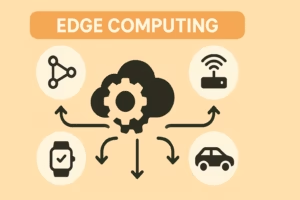
Edge computing allows for computing and storing data where it is needed, rather than far from where they are used. Instead of relying on large cloud servers, edge computing works on data right where it is initially generated.
Thanks to this model, applications like self-driving cars or industrial automation enjoy less delay, use less bandwidth and respond in real time which is essential for their operation.
Important Points in Edge Computing
- Edge Devices: Devices like smartphones, cameras, IoT sensors, drones and machines in factories can generate data.
- Edge Gateways: Gather information from several edge units, first handle the data and may work as a connection to the cloud.
- Since data is processed locally, edge computing gives much faster results compared to distant data centers.
- With local processing, the data exchanged on the network is cut down, so less money is spent on transmitting it.
- Some edge systems can work independently from the internet.
Applications of Edge Computing
Edge computing has been transforming different industries recently.
- Smart Cities: Live tracking of road traffic, pollutants, city noise and power use helps manage a city well.
- Healthcare: Machines that check patients’ vital signs immediately and inform caregivers directly.
- Products: Intelligent shelves and cameras in shops to help keep track of items and observe consumer habits for improved experiences.
Through Industry 4.0, faults are found immediately, quality is consistently high and maintenance is simple to predict.
Automated Cars are able to decide what to do by using local data gathered from cameras, radar and LIDAR sensors.
Benefits of Edge Computing
- Speed: Immediate data processing improves user experience and decision-making.
- Scalability: Local processing reduces pressure on centralized infrastructure
- Security: Working with your data on your personal computers reduces chances of facing threats from outside.
Even if the cloud is down, edge systems can operate normally.
Problems in the field of Edge Computing
Security and Privacy: Having more devices also creates more opportunities for attackers. Each network edge device should be secured.
Managing a large number of devices placed in different places calls for solid infrastructure.
Data Consistency: Syncing data between edge and cloud is known to be a difficult process.
Power, memory and processing are often scarce resources in edge gadgets.
The Forecast for Edge Computing
The rise of 5G and an increase in IoT devices will help edge computing grow very quickly. Analysts expect the edge computing market to have a value over \$100 billion in the near future. It works well with cloud computing by doing tasks immediately locally and outsourcing the more difficult ones to the cloud.
As time goes on, more AI models will be put on edge devices which will allow us to gain real-time insights right where they are created.
Quantum vs. Edge Computing: A Comparison
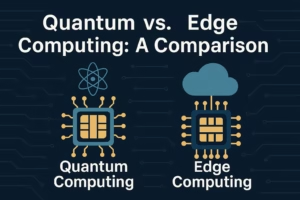
| Feature | Quantum Computing | Edge Computing |
|---|---|---|
| Definition | Computing based on quantum mechanics | Distributed computing near data source |
| Purpose | Solve complex, large-scale problems | Enable fast, localized data processing |
| Main Component | Qubit (quantum bit) | Edge devices (e.g., sensors, IoT nodes) |
| Maturity | Experimental/Emerging | Widely adopted and growing |
| Latency | High (remote quantum processors) | Very low (local processing) |
| Example Use Case | Molecular simulations, cryptography | Smart cameras, autonomous vehicles |
| Connectivity | Often requires high-end infrastructure | Functions even with limited internet |
| Processing Power | Extremely high for select problems | Optimized for efficiency, not raw power |
Conclusion
We have seen significant shifts in computing through both quantum computing and edge computing, but they approach it differently.
With quantum computing, we can look ahead and discover enhanced capabilities for handling certain types of computations. AI in deep learning is just getting started, yet there’s hope it will transform cryptography, the drug-discovery process and ways of optimizing tasks.
On the other hand, edge computing ensures that data is managed quickly and dependably nearby where it is generated. It is used more by industries today and will gain greater importance as even more devices are connected.
Overall, these technologies underline the change from using one big system to multiple small ones, each designed for a particular job and setting. As they advance, they may start joining forces, utilizing quantum computing in the cloud for training sophisticated AI algorithms and observing the results instantly at the edge.
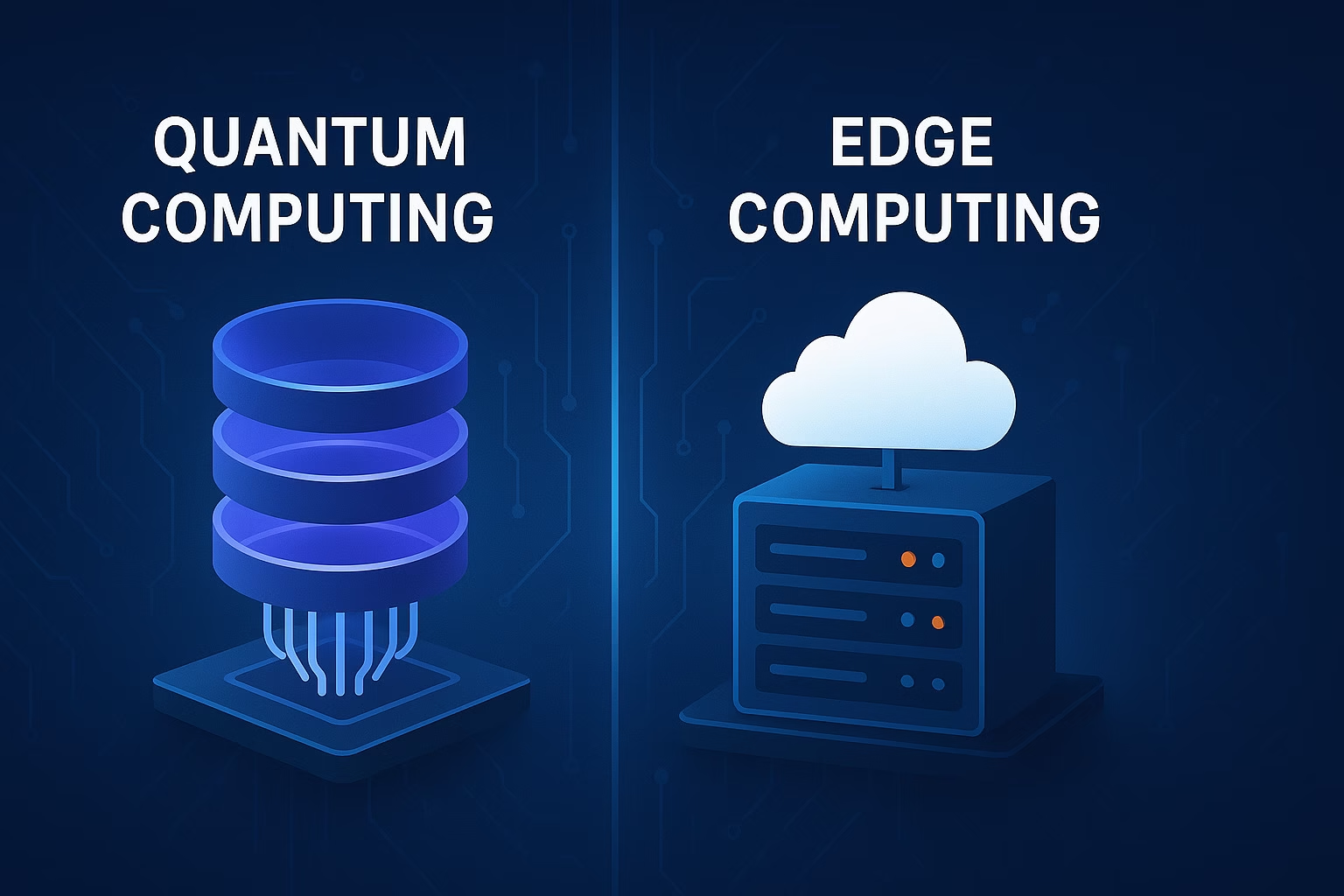
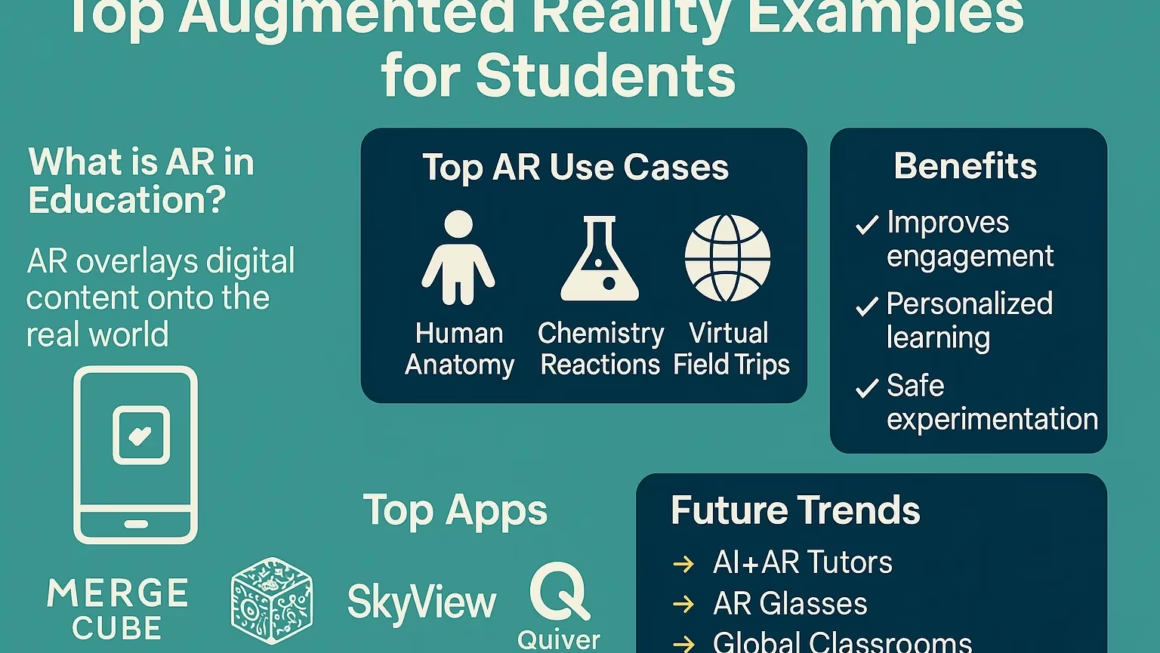
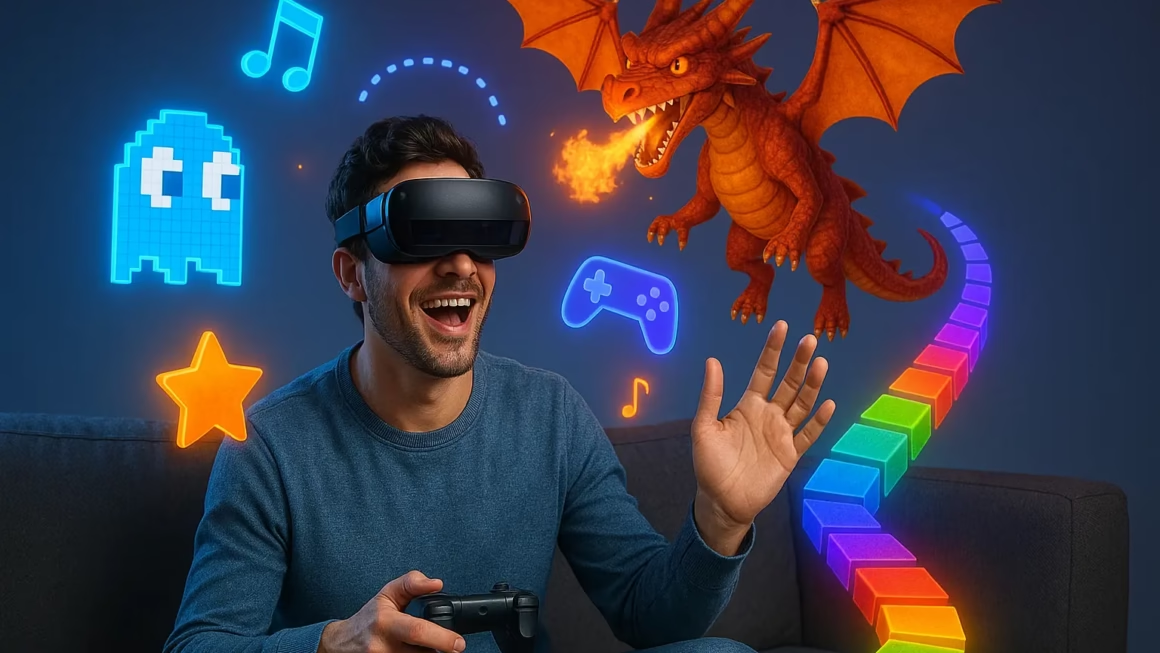

2 thoughts on “Quantum Computing and Edge Computing”